How to Graph Transformation on the Coordinate Plane: Reflection?
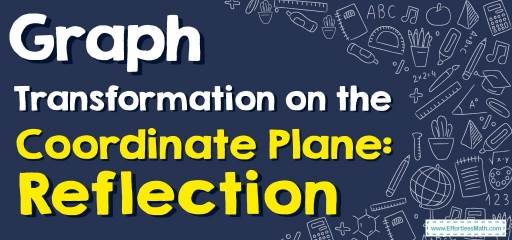
Transformation: Reflection – Example 2:
Solution:
Find the original coordinates:
\(A=(-3, 4)\) \(B=(-4, 2)\) \(C=(-2, -1)\) \(D=(-1, 3)\)
The reflection of the point \((x, y)\) across the \(y\)-axis is the point \((-x, y)\), So:
\(A^\prime=(3, 4)\) \(B^\prime=(4, 2)\) \(C^\prime=(2, -1)\) \(D^\prime=(1, 3)\)
The image of Polygon \(ABCِِD\) is \(A^\prime B^\prime C^\prime D^\prime\).
Exercises for Transformation: Reflection
Graph the image of the figure using the transformation given.
1. Reflection across line: \(y=x\)
2. Reflection across line: \(y=1\)
Related to This Article
More math articles
- What Kind of Math Is on the Computer Science?
- Top 10 Math Books for Grade 5: Cultivating Critical Thinking in Young Mathematicians
- 8th Grade PEAKS Math Worksheets: FREE & Printable
- How to Prepare for the ParaPro Math Test?
- How to Understand Congruence through Rigid Motion Transformations
- Decimal Dynamics: How to Evaluating Numerical Expressions with Decimals
- 6th Grade Georgia Milestones Assessment System math Practice Test Questions
- How to Find Complementary and Supplementary Angles? (+FREE Worksheet!)
- Integrals Made Easier Using Tables: A Complete Explanation And Examples
- Simple But Practical: First-Order Ordinary Differential Equations



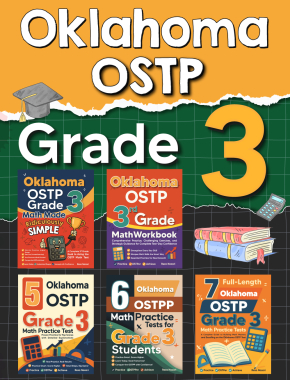

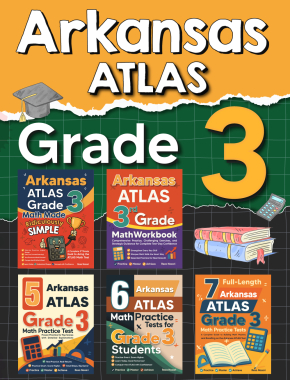

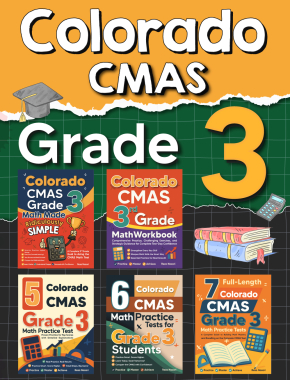

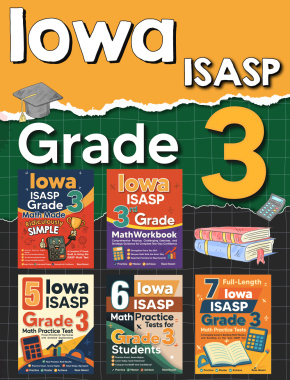

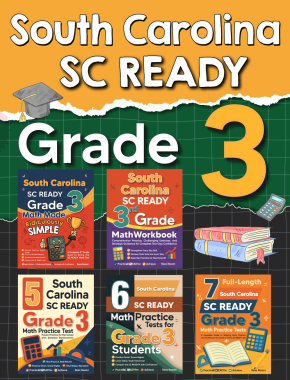



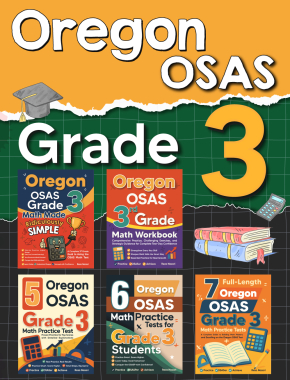


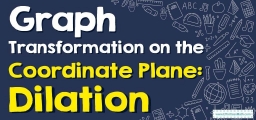
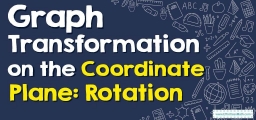
What people say about "How to Graph Transformation on the Coordinate Plane: Reflection? - Effortless Math: We Help Students Learn to LOVE Mathematics"?
No one replied yet.